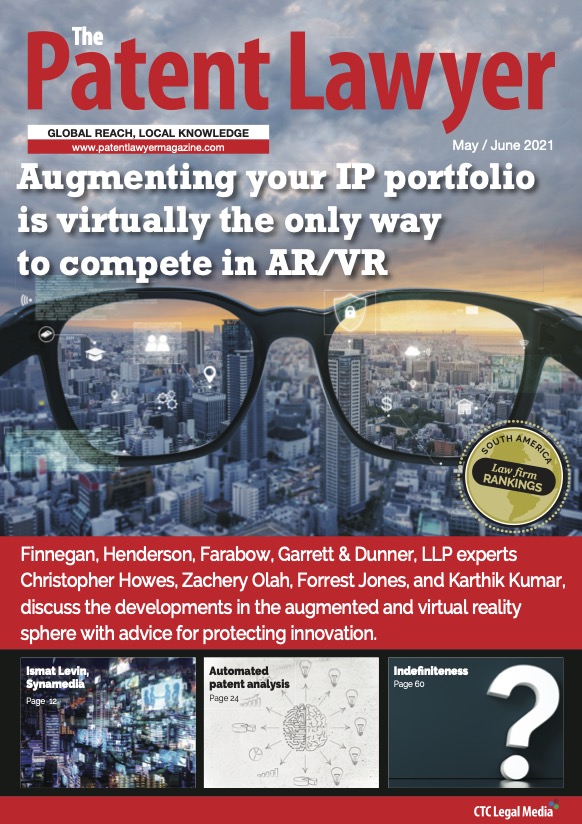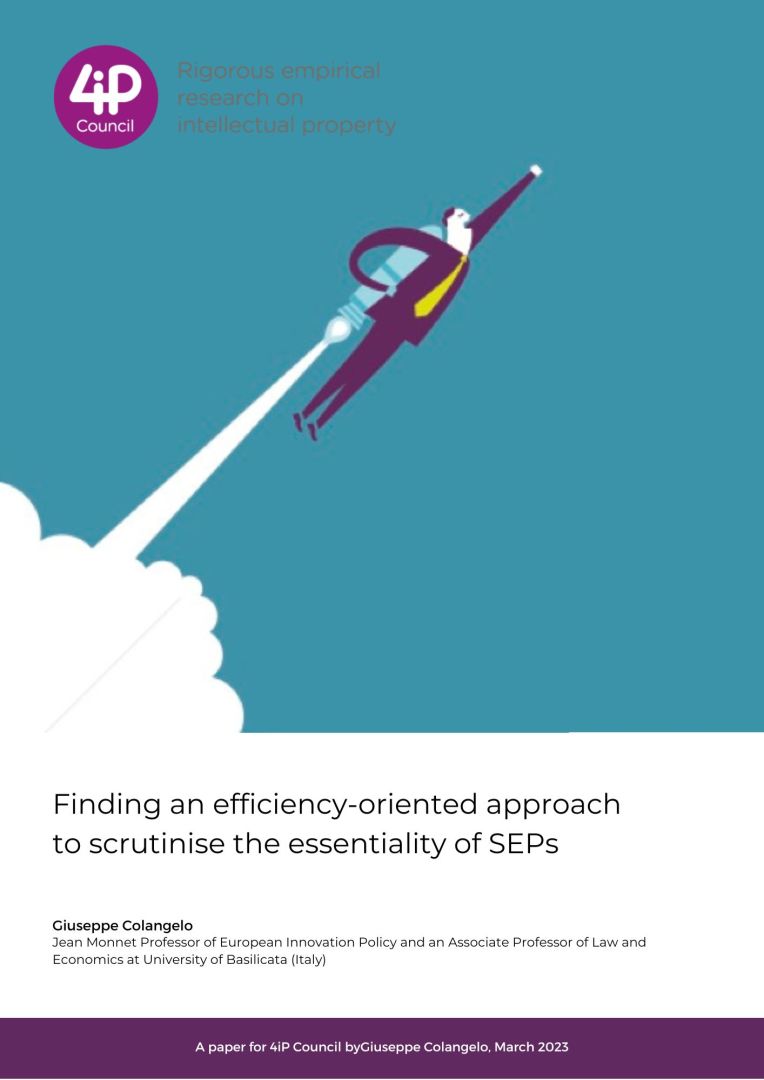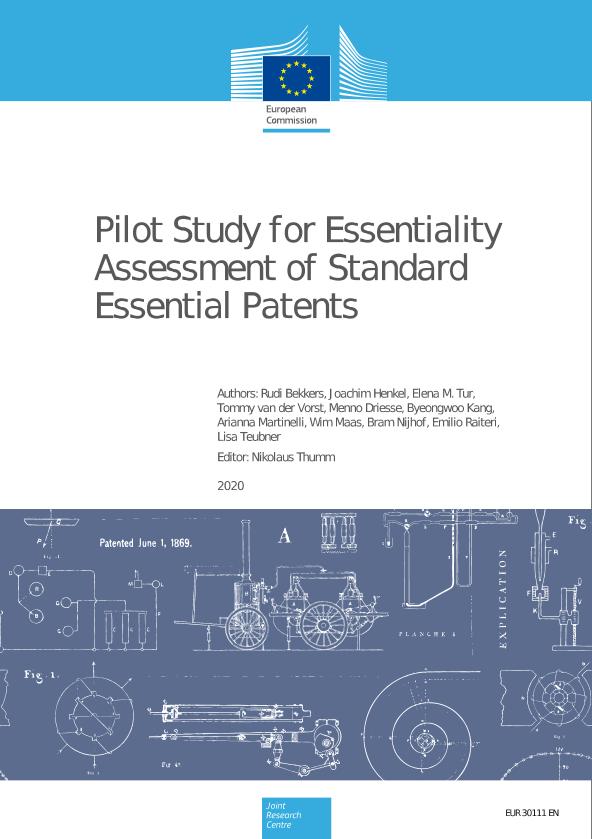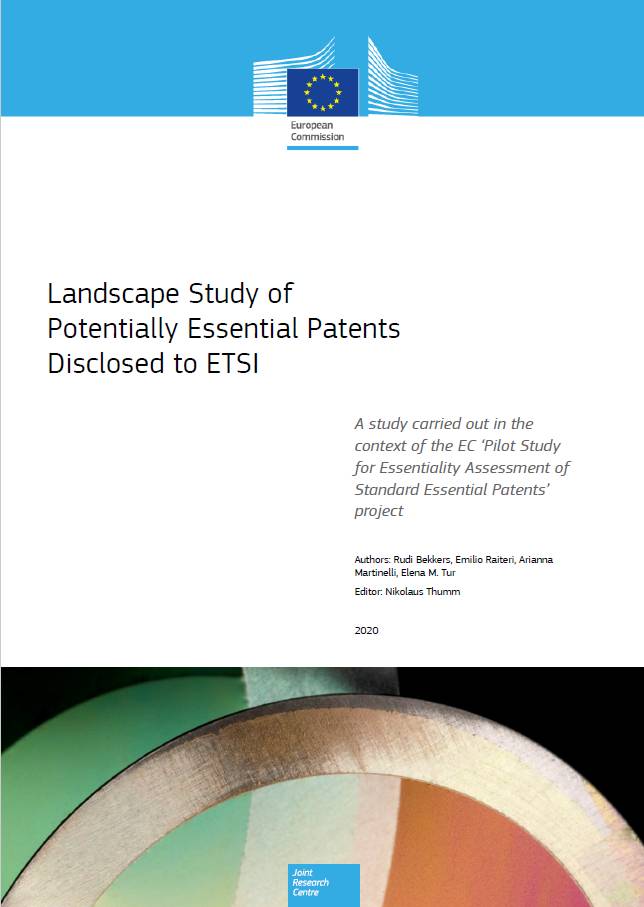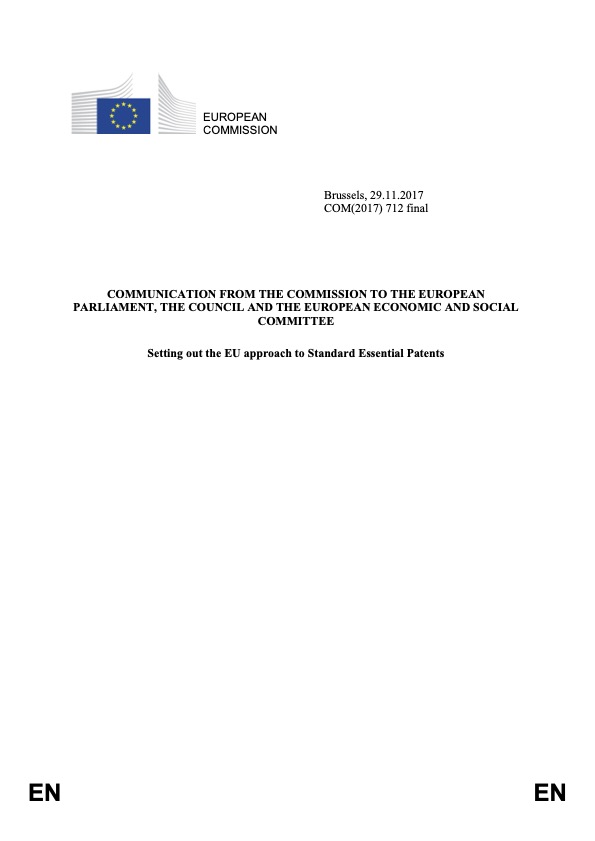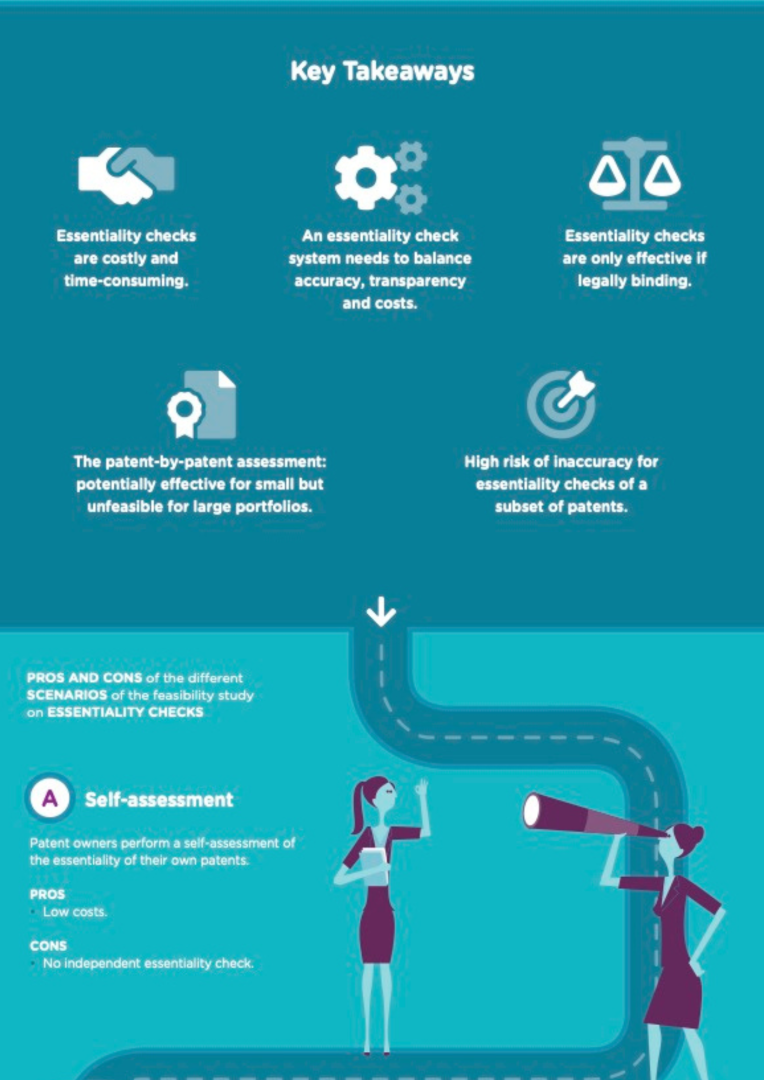Research papers:
Why automated patent analysis can be wrong, even when it’s right
Axel Contreras-Alvarez, former IPR Commercialization Manager at Ericsson,
evaluates the reliability of software and automated analysis for patent
valuation, considering the factors used by algorithms, and with an action
plan for those wishing to use such platforms.
Patent Landscaping Studies And Essentiality Checks: Rigorous (And Less Rigorous) Approaches
Determining which patents are essential to a particular standard (standard essential patents or SEPs) had long been an issue preoccupying almost exclusively technical experts directly involved in essentiality assessments. Recently, however, the topic of essentiality assessment has attracted the attention of policymakers, courts, and the press. This is unsurprising considering the importance of standards for innovation, competition, consumer welfare, and commercial success and competitiveness. In particular, parties involved in essential patent licensing either are keenly interested in how many patents are essential to a specific standard and what is the share of essential intellectual property rights (IPR) owned by each patent owner.
Estimating 5G Patent Leadership: The Importance of Credible Reports
Having patents essential to the 5G standard demonstrates technological and innovation leadership, while for the users of 5G it is also crucial to understand which company owns essential patents. To address this market demand, several reports have claimed to present the total number of standard essential patents (SEPs) in 5G as well as each company’s share. However, when using this kind of studies in litigation, policy discussions or licensing negotiations, it is important to select those applying a rigorous methodology and avoid reports with serious limitations delivering misleading results. This article provides some tools to identify (or elaborate) reliable 5G patent landscape reports.
A Study of IPlytics Standard Essential Patent Tool
Automated tools, particularly Artificial Intelligence (“AI”)-based systems, have received attention as a means to streamline the process of identifying and evaluating standard essential patents. For example, in 2020 the European Commission (“EC”) published its “Pilot study for essentiality assessment of Standard Essential Patents” in which it looked at the feasibility of using AI-based approaches to evaluate essentiality. One such tool is the IPlytics Platform and its “Semantic Essentiality Score” or “SES. This paper studies three aspects of this tool and reviews the tools effectiveness.
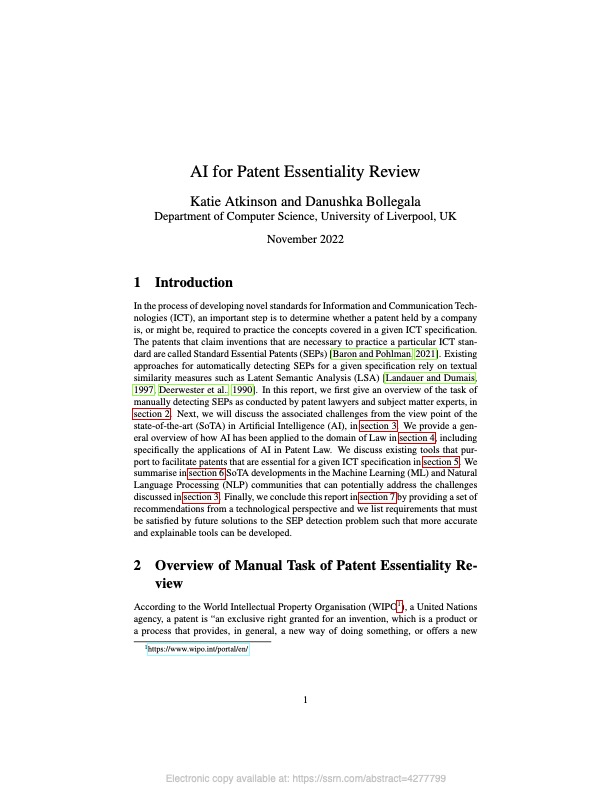
AI for Patent Essentiality Review
In the process of developing novel standards for Information and Communication Technologies (ICT), an important step is to determine whether a patent held by a company is, or might be, required to practice the concepts covered in a given ICT specification. The patents that claim inventions that are necessary to practice a particular ICT standard are called Standard Essential Patents (SEPs) [Baron and Pohlman, 2021]. Existing approaches for automatically detecting SEPs for a given specification rely on textual similarity measures such as Latent Semantic Analysis (LSA) [Landauer and Dumais, 1997, Deerwester et al., 1990]. In this report, we first give an overview of the task of manually detecting SEPs as conducted by patent lawyers and subject matter experts, in section 2. Next, we will discuss the associated challenges from the view point of the state-of-the-art (SoTA) in Artificial Intelligence (AI), in section 3. We provide a general overview of how AI has been applied to the domain of Law in section 4, including specifically the applications of AI in Patent Law. We discuss existing tools that purport to facilitate patents that are essential for a given ICT specification in section 5. We summarise in section 6 SoTA developments in the Machine Learning (ML) and Natural Language Processing (NLP) communities that can potentially address the challenges discussed in section 3. Finally, we conclude this report in section 7 by providing a set of recommendations from a technological perspective and we list requirements that must be satisfied by future solutions to the SEP detection problem such that more accurate and explainable tools can be developed.
Finding an efficiency-oriented approach to scrutinise the essentiality of SEPs
The assessment of SEPs’ true essentiality is a topic that has gained significant interest among policy makers. As the European Commission is expected to deliver a legislative proposal to promote an efficient and sustainable SEP licensing ecosystem, the webinar aims to provide a review of the literature on different mechanisms that could be used to determine the essentiality of a patent. Indeed, whilst any policy intervention stems from the need to ensure a reasonable balance among accuracy, transparency, and cost of the essentiality checks, the available approaches score differently in terms of their efficiency.
European Commission deliverables:
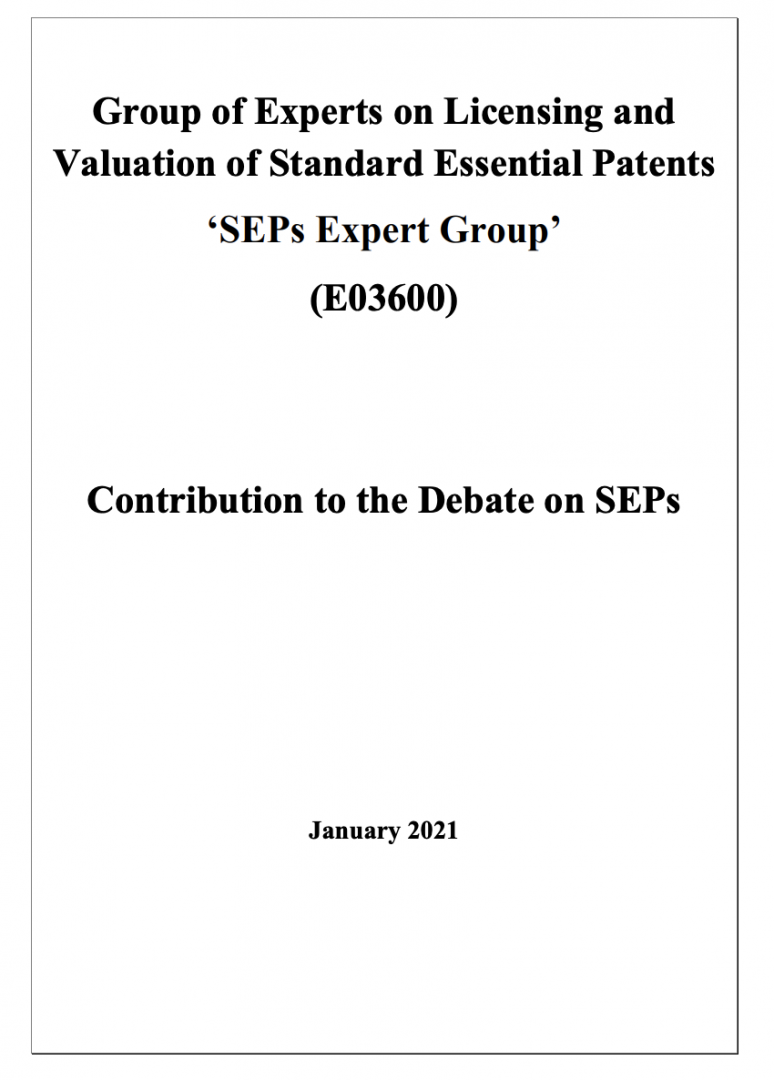
SEPs Expert Group - Contribution to the Debate on SEPs
Report of the Expert Group of the European Commission on licensing and valuation of standard essential patents (SEPs).
The report provides an analysis of the current SEP licensing landscape and identifies a number of issues important to the future of SEP licensing. The report includes proposals by different experts directed to (i) increasing the transparency of the SEP landscape and SEP licensing process, (ii) supporting licensing in the value chain, (iii) determining fair, reasonable and non-discriminatory (FRAND) licensing terms and conditions, (iv) facilitating SEP licensing negotiations and the handling of SEP disputes and (v) encouraging the formation of patent pools. The group of experts was installed by the European Commission to deepen the expertise on existing and evolving industry practices related to the licensing of SEPs in the context of the digitalisation of the economy, the sound valuation of intellectual property and the assessment of FRAND licensing terms and conditions.
Pilot study for essentiality assessment of Standard Essential Patents
This study investigates the technical and institutional feasibility of a system that ensures better essentiality scrutiny for Standard Essential Patents (SEPs). We first studied the state of the art on essentiality assessment in literature, court cases involving larger scale essentiality assessments, essentiality assessment in patent pools, and the Japanese Hantei for Essentiality advisory opinion. A patent landscape analysis of SDO declared patents was performed to assess their use as input to essentiality assessment mechanisms. Technical feasibility was assessed in a pilot experiment, in which a variety of assessors evaluated patents for their actual essentiality. Institutional feasibility was, among other means, assessed via a stakeholder workshop.
Landscape study of potentially essential patents disclosed to ETSI
The study presented in this report is carried as part of a larger study, which is the “Pilot project for essentiality checks of Standard Essential Patents”. Part of that larger study was the execution of a patent landscape investigation. The main goals of this report are:
• To provide a patent landscape analysis of SDO disclosed patents (and what this implies for their use as input to an essentiality assessment mechanism)
• To analyse whether SDO disclosed patents differ from comparable other patents in quality (both technical merit and economic value).
The starting point for this study is data that is self-reported by companies on the basis of their belief that these patents “may be or may become essential to an ETSI standard”
Articles & Infographic:
Essentiality checks infographic
In the Communication COM(2017) 712 final, the EC suggested that a higher degree of scrutiny on essentiality claims is needed. In his paper Professor Giuseppe Colangelo assesses the pros and cons of the different scenarios examined in a pilot study commissioned by the EC on essentiality checks.





